Ever heard of Original Beef of Chicagoland? This restaurant in the River North district is famous for its Italian beef sandwiches, its chaotic kitchen crew and its talented chef, who wants to turn his brother’s run-down sandwich shop into a star restaurant. These are the ingredients of the successful TV series, which won several Emmy Awards in early 2024. Even if The Bear: King of the Kitchen is fictional, the series is a good introduction to Chicago as a travel destination. The Chicago skyline, the rattling Chicago Elevated and the Chicago River are just as present as the diverse gastronomy of the city on Lake Michigan. Chicago has Michelin-starred restaurants, delis with international specialties, bakeries with a great selection and even Mr. Beef of Orleans, the sandwich shop that served as the model for the TV series. In Chicago, no one has to eat at the fast food chains that are found all over the world. Culinary variety is guaranteed.

The Chicogo mix – Garrett Popcorn since 1949
The first time I noticed them was on Michigan Avenue: Pedestrians carrying elegant bags with blue stripes and gold lettering in the center. I thought of a jewelry store or a trendy perfumery. It never occurred to me that all these people had bought popcorn. Garrett Popcorn has been in Chicago since 1949. The flagship store is located on Michigan Avenue between Millenium Park and the DuSable Bridge. In 1949, a housewife from Milwaukee brought her family recipes to Chicago. The gourmet popcorn is still made fresh and in small batches every day using these recipes. In 1977, the two most popular varieties, CaramelCrisp and CheeseCorn, were combined into a Chicago Mix . Customers often asked for an extra empty bag to mix the caramel popcorn made in the copper kettle and the cheese popcorn with real cheese. There are several Garrett shops in downtown Chicago. And there is not always a queue at the entrance, so you can quickly become one of those pedastrians walking through the streets with an elegant bag or sitting on a park bench munching on gourmet popcorn. However, the prices are now also gourmet. While a bag of popcorn cost 5 cents in the 1950s, today you pay eight dollars for a medium-sized portion of Chicago mix.
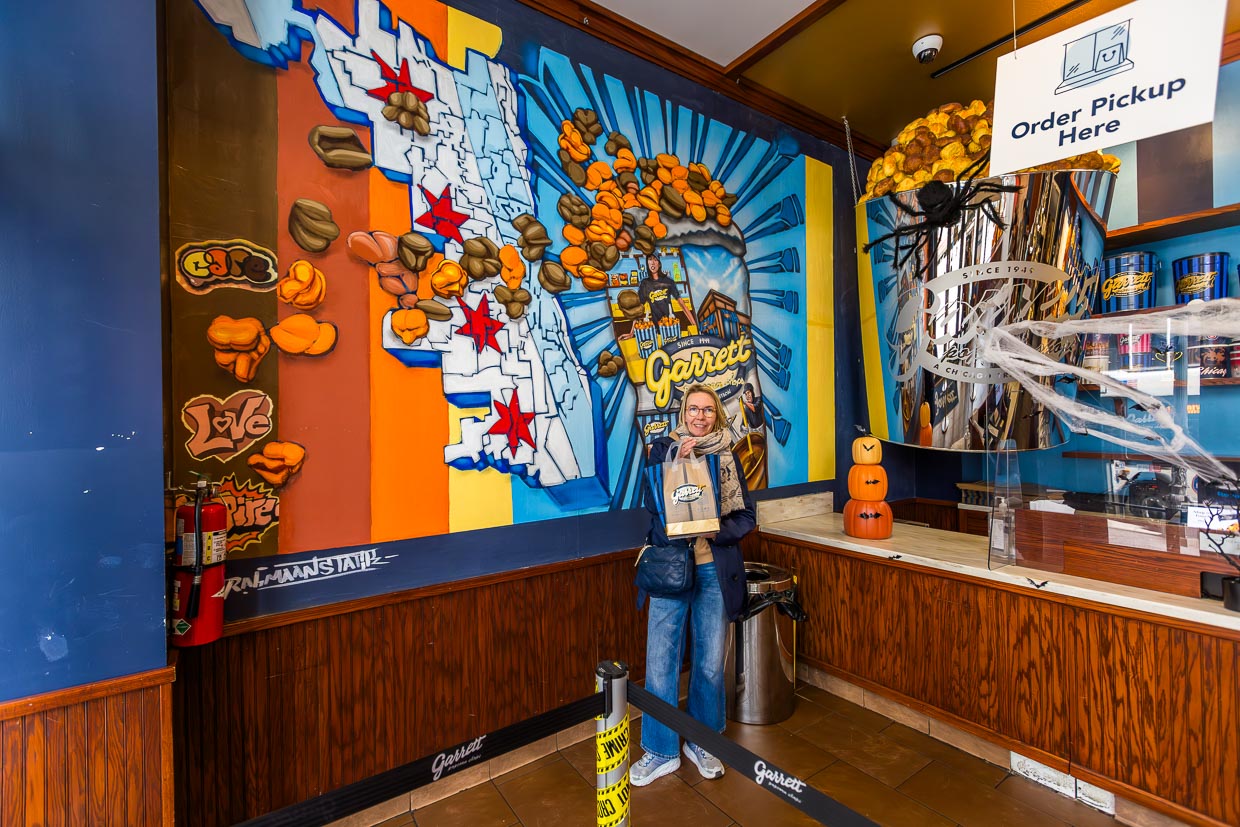
Bertha Palmer and the invention of the brownie
Bertha Palmer was a businesswoman, patron of the arts, philanthropist and wife of Potter Palmer, one of Chicago’s wealthiest businessmen in the 19th century. He gave his wife Bertha Honoré, 23 years his junior, a hotel as a wedding present. To be more precise, he gave it to her twice, as the first Palmer House Hotel burned down in the Great Chicago Fire in 1871, just 13 days after it opened. Potter Palmer borrowed the record sum of 1.7 million dollars for the new building. At the time, this was the highest loan ever granted to a private individual. The luxurious hotel was reopened in 1873. Since then, the Palmer House has held further records. It was the first hotel in Chicago with elevators and the first hotel with electric light bulbs and telephones in the guest rooms. It is one of the Historic Hotels of America and, apart from a short break during the Covid-19 pandemic, is considered the longest continuously operating hotel in North America.
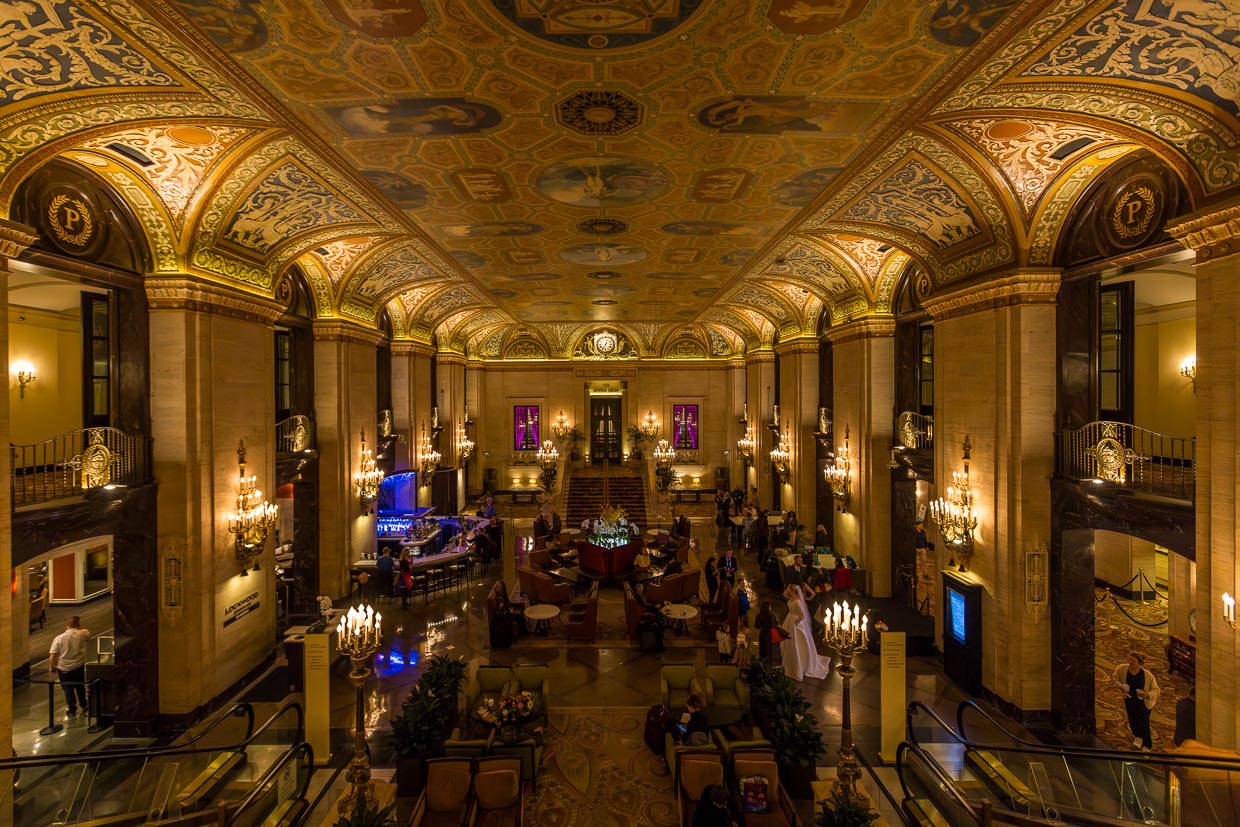
Queen of Chicago
Back to Bertha Palmer, about whom there is much more to tell than this little episode about a pastry. Bertha Palmer used her social position to strengthen women’s rights. She was a member of the Chicago Woman’s Club, which included both upper-class and working-class women. They championed the idea of kindergartens until the city introduced them as part of the school system. Bertha Palmer also helped to found a trade union and organized a strike. She mediated between employers and employees, campaigned for hospitals and poorhouses and was one of the first women to organize charity balls. As a patron of the arts, she bought paintings by Monet and Renoir in Europe even before Impressionists were recognized in Europe. At the Chicago World’s Fair in 1893, she offered the young Impressionists a stage and exhibited their works in an art pavilion. She chaired the Board of Lady Managers of the World’s Columbian Exposition and pushed for the construction of a large pavilion for women to raise awareness of women’s achievements. Exhibitions on women-specific topics were also held in the pavilions of the individual US states.
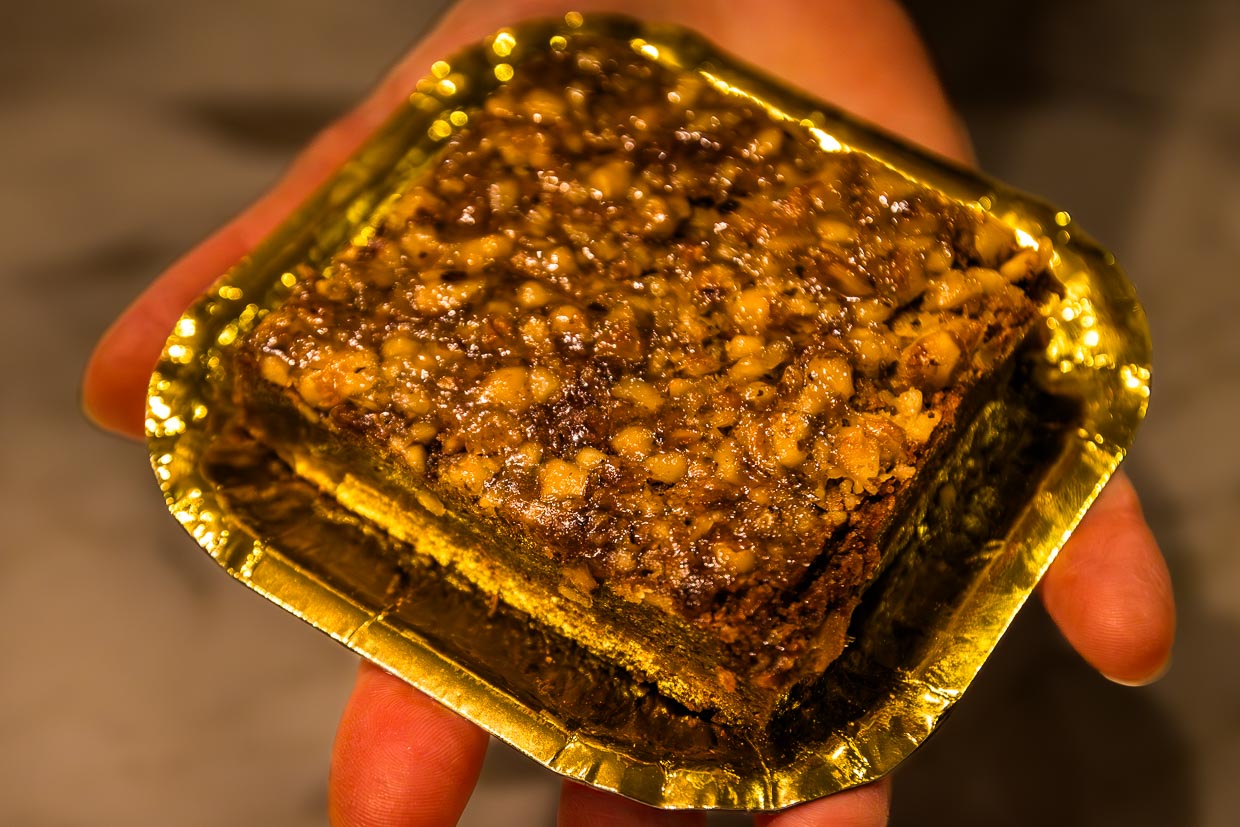
Bertha Palmer commissioned a dessert from the hotel’s kitchen for the Chicago World’s Fair. She needed an easy-to-handle dessert made from high-quality ingredients for the many receptions held during the World’s Fair. The Palmer House Brownie is still served in the hotel today according to the original recipe. It can be enjoyed with a cup of coffee in the sumptuous drawing room or bought to take away in a small store on the second floor. The brownie is still one of the hotel’s most popular desserts. Bertha Palmer would probably not be amused that she, the successful businesswoman, patron of the arts and women’s rights activist, is primarily associated with a slice of cake at the Palmer House Hotel.
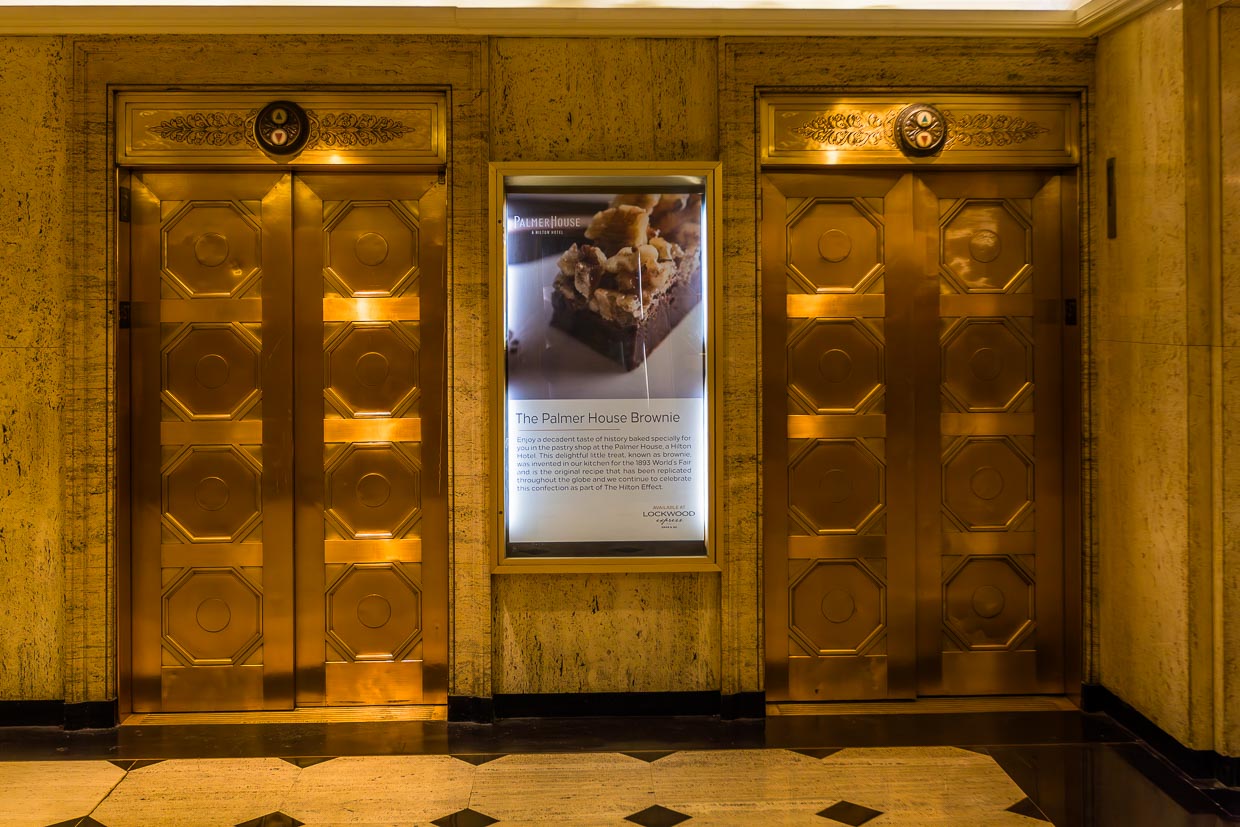
The Berghoff Restaurant and Bar
The Berghoff restaurant on Adams Street in downtown Chicago received the James Beard Foundation Award in the America’s Classics category in 1999. This award honors legendary family restaurants in the USA. Of course, Europeans do not travel to Chicago to eat German sauerbraten or Wiener schnitzel. Both dishes are classics on the Berghoff’s menu.
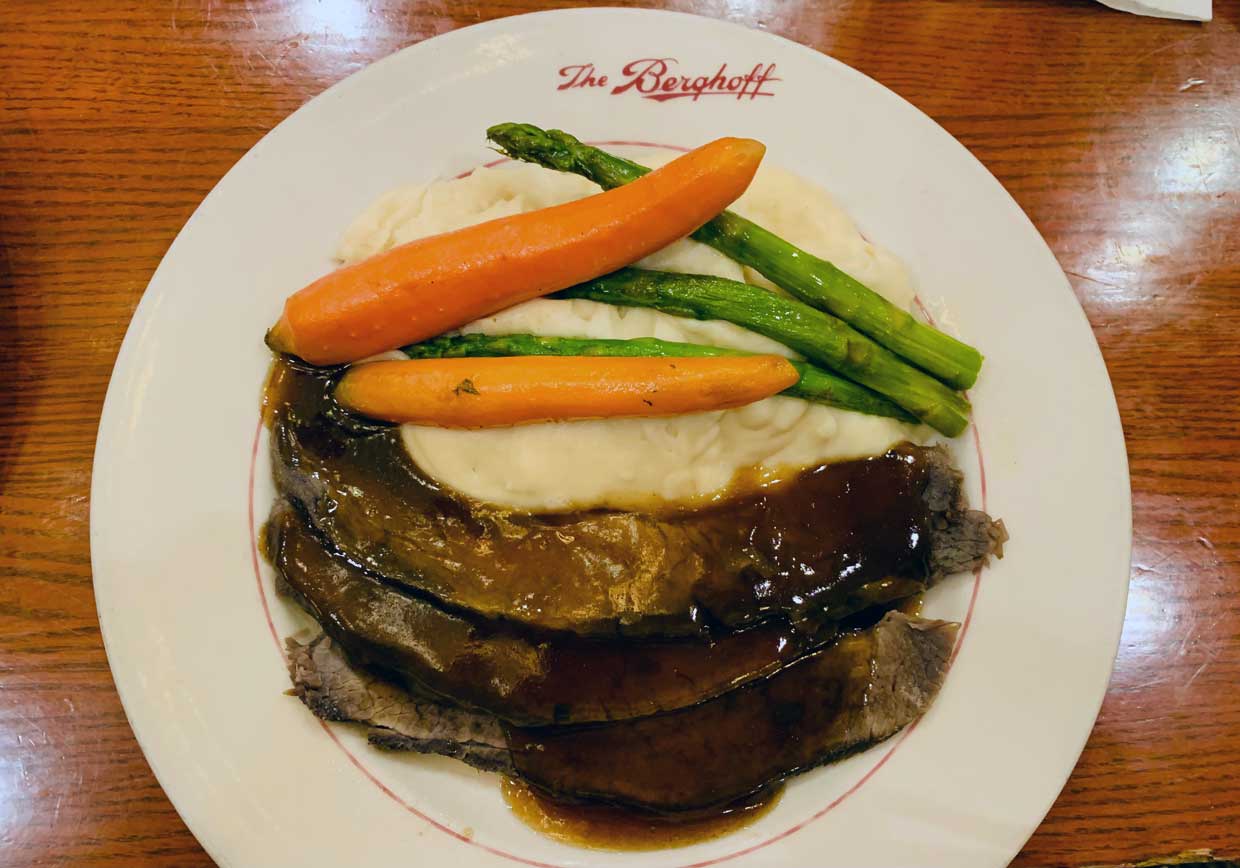
The restaurant was opened in 1898 by the German Herman Joseph Berghoff as a saloon and had to reinvent itself during Prohibition from 1920 to 1933. The nationwide ban on alcohol, also known as the Noble Experiment, transformed the saloon into a restaurant. From then on, waiter served typical German dishes such as sauerbraten, Wiener schnitzel, creamed spinach and apple strudel without a notepad, but with an impressive memory for their guests’ orders.
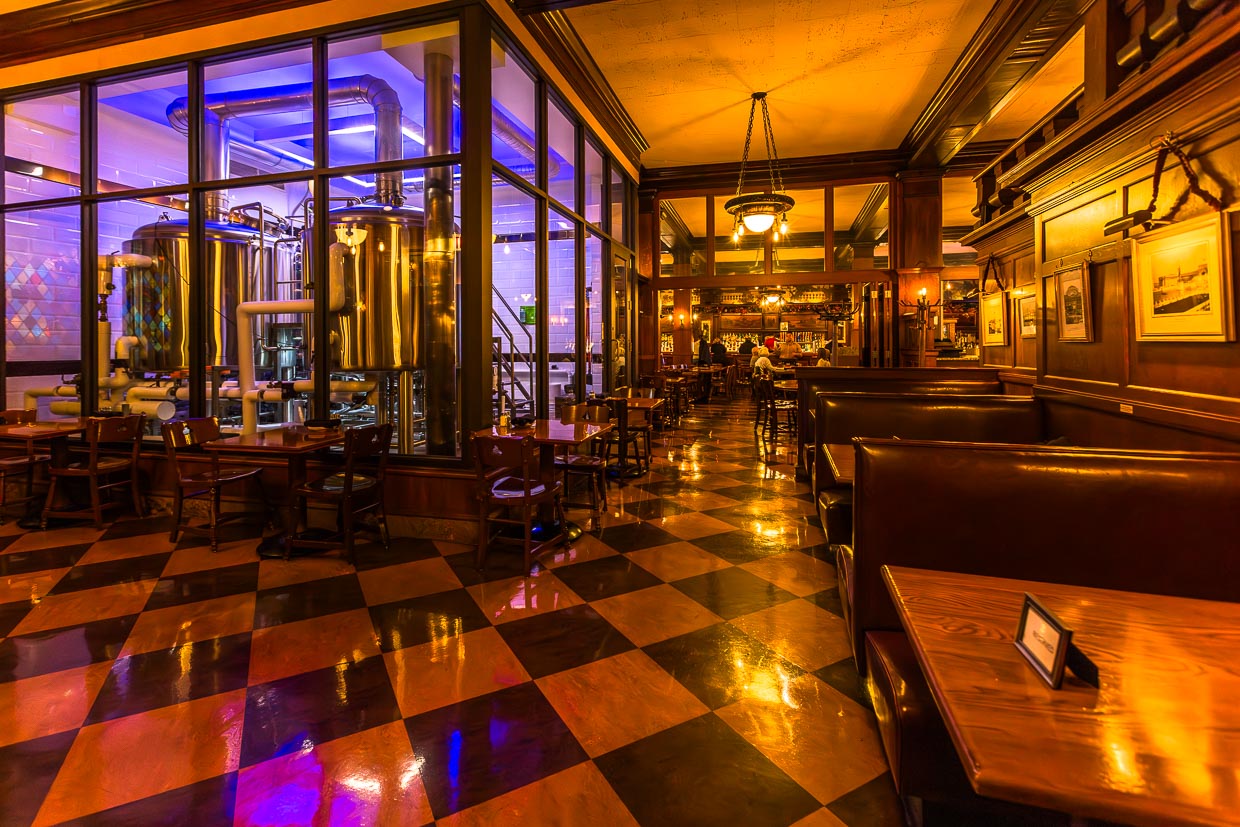
Brewery with a large beer menu
The restaurant and brewery are well worth a visit. The quality of the beers is excellent. At Berghoff, you can sample a variety of beer specialties from all over the world. The brewery’s German roots are also reflected in the beer menu. The selection includes Münchner Dunkel, Hubert’s Hefeweizen, Kölsch and Kellerbier and even a seasonal Oktoberfest beer. The beer menu at the brewery in Adams Street also provides information on the alcohol content and bitterness unit (IBU) of each beer. The waiters are experts in their field and will help you choose the right beer. At the bar, a historic liquor license catches the eye. After the end of Prohibition in 1933, the Berghoff family secured the license as a Retail Beverage Dealer with the number 1.
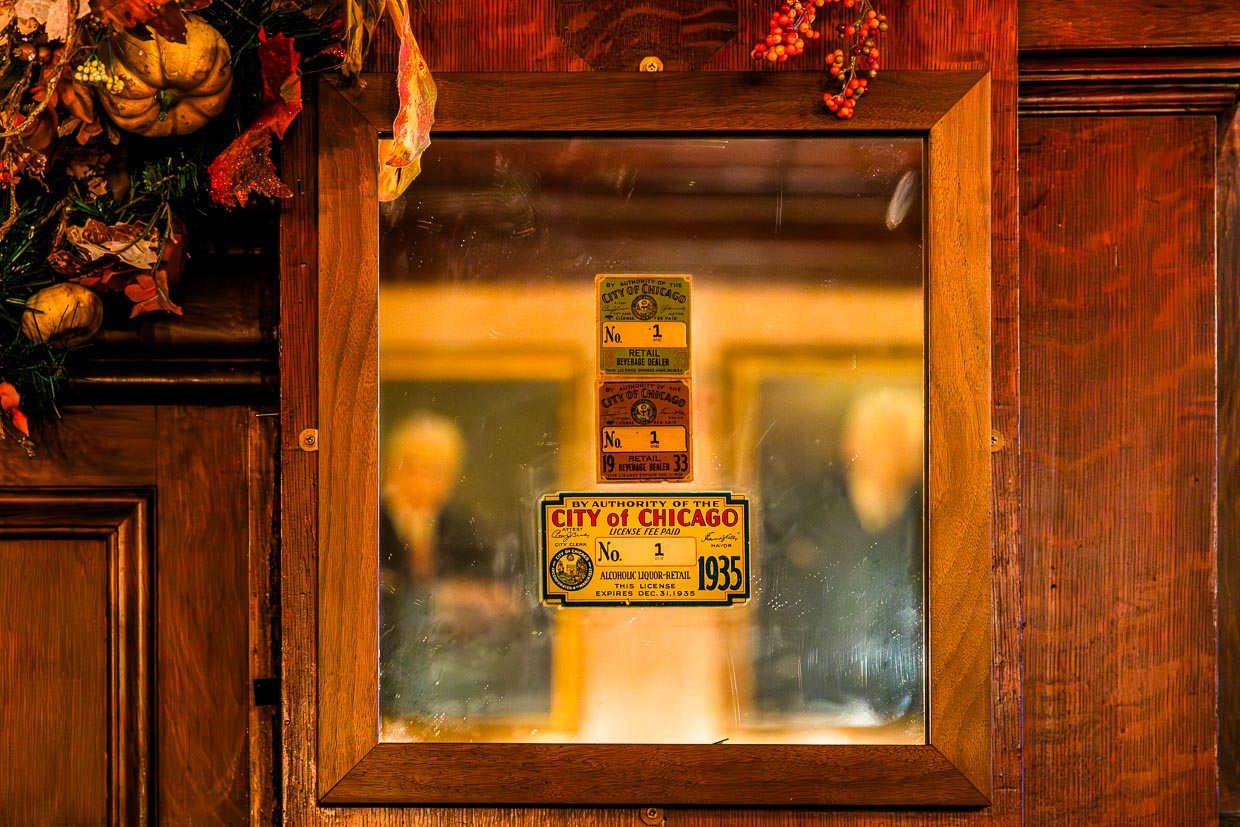
The research was supported by Choose Chicago

